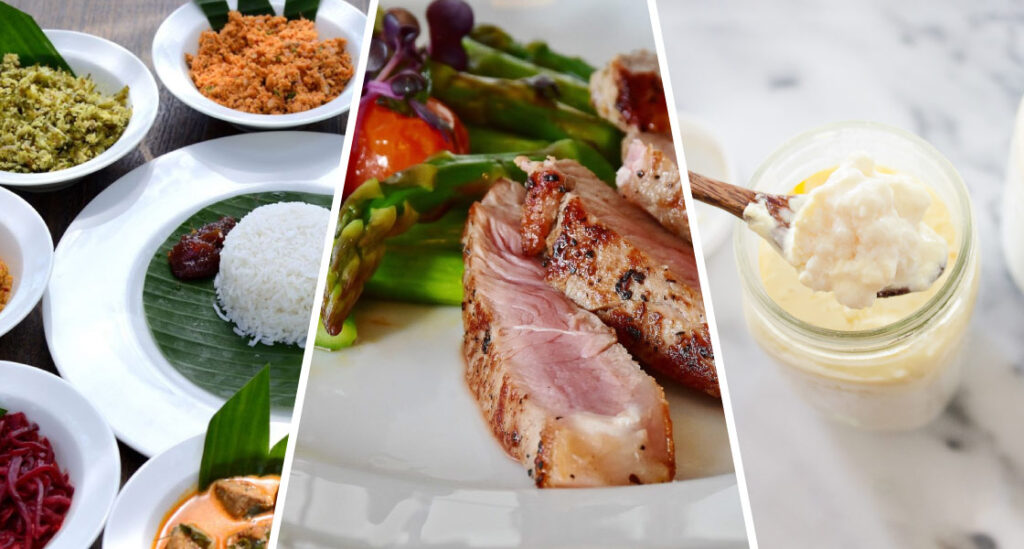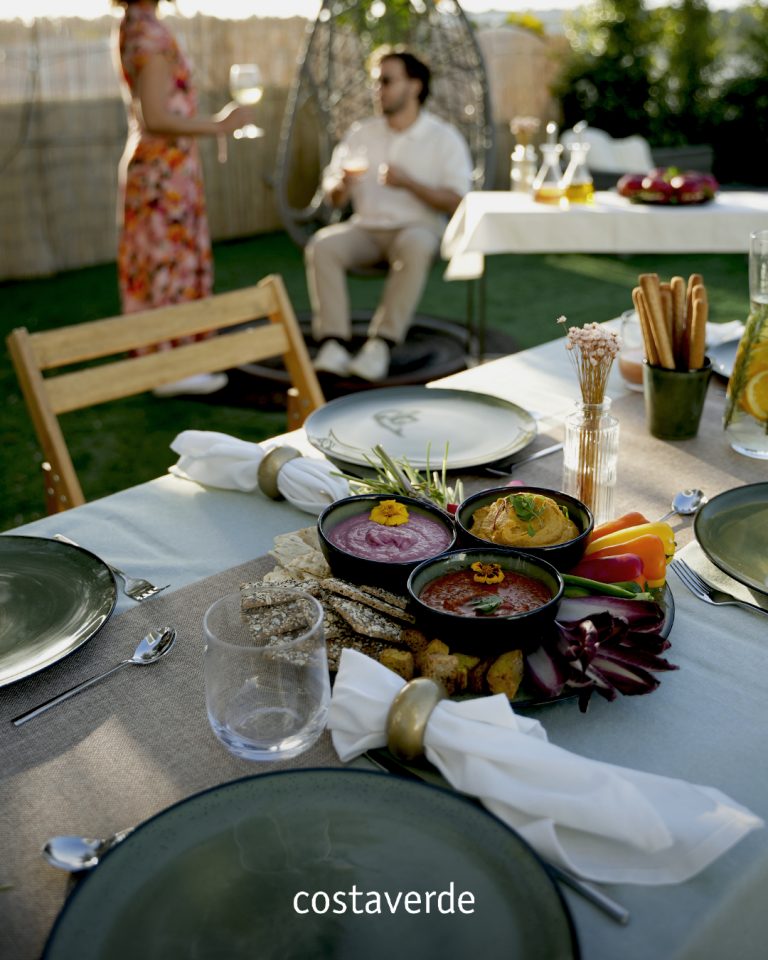
Menu

Food evolves naturally over time. The search for a healthier lifestyle is, globally, a growing trend. Under the purpose of improving the quality of life, our eating habits have been changing.
Often, new trends emerge, sometimes differing from what we consider as “traditional food culture”. These changes across food are cross-cutting, covering several places around the world.
Today, we will address some of the major food trends, which may spread worldwide, during this year of 2019. For health reasons, or simply aiming to keep a balanced diet, individuals are increasingly looking for different gastronomic experiences.
1. The diffusion of Sri Lankan cuisine
An example of the new gastronomic trends is the cuisine of Sri Lanka. Previously, this country was used to see its food culture included in the Indian. But, nowadays, it starts being recognized through its own identity.
In this region, food is based on a colourful cuisine, rich and full of flavour. Sweet, acidic and spicy aromas are frequently found on the same plate. Spices are used with little moderation and contribute to providing unique flavours to food items.
Rice plays an important role across Sri Lankan food, by being present within sweet and savoury plates. Cooked in different ways or transformed into flour, it is one of the most important elements across this food tradition.
In the Western world, rice has more and more supporters among those who search for a healthy diet. Firstly, because it has no gluten, and then, because of being a complex carbohydrate, it quenches for a long time.
In Europe, we have witnessed a quick proliferation of restaurants, specialized in Sri Lankan food. Similarly, the food items’ trading spaces, used across their cooking process, have also been growing.
2. Meat within the new world food scene
The global attitude towards meat consumption is changing and the search for alternatives remains quite popular.
In England, a study performed by M&S reports that 3.5 million individuals assume themselves as vegans. The report also indicates that 20% of respondents have tried this diet and that 25% do not eat meat at dinner.
These numbers illustrate two undeniable realities. On the one hand, they indicate that meat consumption is declining. On the other hand, they prove that veganism and vegetarianism are increasingly popular alternatives, globally.
In short, for personal, cultural or environmental reasons, slightly throughout the whole world, meat consumption has declined.
3. Who has never heard of kefir?
Kefir is a beverage resulting from the natural fermentation carried out by the so-called kefir grains. These are known by different names: “milk flower“, “milk mushroom“, “prophet’s grains” or “yogurt plant“.
The origin is uncertain and very old. Historically, there are those who point to the emergence of kefir into the Caucasus Mountains. Shepherds from that region carried fresh milk in leather bags. Occasionally, they found that it fermented naturally, by resulting in a slightly acidic and carbonated beverage.
Nowadays, it is known that kefir grains, in the presence of a substrate (usually milk), go into fermentation. The result is a probiotic drink, with a taste equivalent to yogurt.
Its positive action across intestinal health is leading to a great growth on consumption. Traditionally, kefir grains, since they multiply easily, are shared free of charge, in their own communities, for this purpose.
In this article, we introduce you to some of the new food trends to which, at Costa Verde, we develop porcelain solutions. By being present all over the world, we keep close to everything that concerns the table. From modern ways of platting to the most emblematic spaces, we enjoy sharing with you the latest news. Keep following our brand and the latest world trends by following our blog.
Subscribe our blog!




